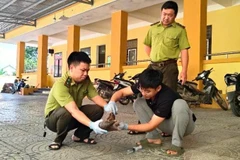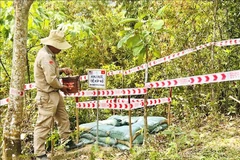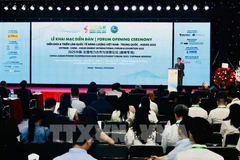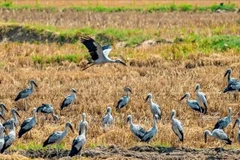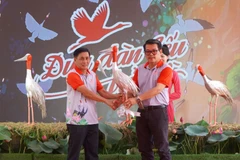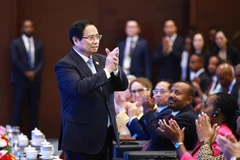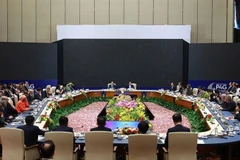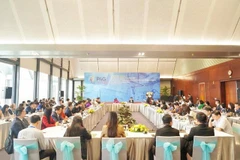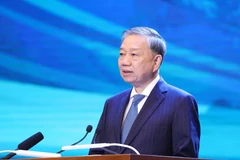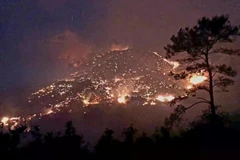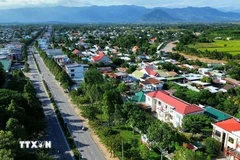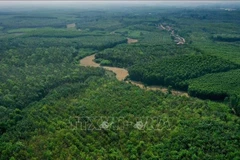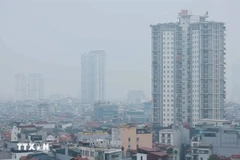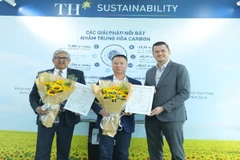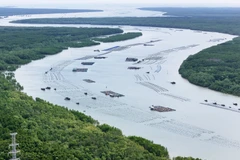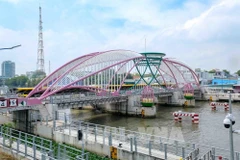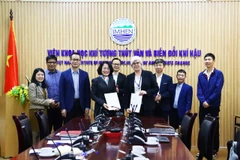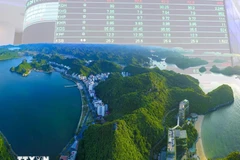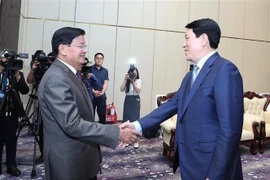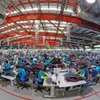HVN’s GeneralDirector Minoru Kato said the event is part of an eight- year project(from 2013 to 2020) developed by the local government alongside theJapan International Cooperation Agency (JICA) and Vietnam ForestryUniversity.
As the sole sponsor of the project, HVN has provided4.9 billion VND (233,000 USD) for planting trees over 490 hectares ofprotective forest land in two communes of Bac Kan town. This has coveredthe costs of project preparation, agricultural training for forestryofficials and local farmers and the purchase of high-quality seedlingsand fertilisers, he added.
He noted that trees will be plantedfrom 2013-2016, while the next four years will see the trees thinned outbut protected. Harvesting will start from 2020.
The project isexpected to yield 73,500 cubic metres of wood, which will bring a profitof about 50 billion VND (2.3 million USD). Households taking part inthe project will receive all of the proceeds of selling timber afterharvesting. The project is not only contributing to environmentalprotection, but is also directly helping raise the living standards oflocal people by eradicating hunger and poverty.
The April19 event attracted more than 200 HVN associates and Honda partners inBac Kan, together with a large number of local people, to start plantingover an area of two hectares.
After almost two years ofimplementing the project, so far there have been nearly 360 hectares oftrees planted and cared for. The average height of project trees isbetween 60-90 cm, and the average diameter is 1cm.-VNA
